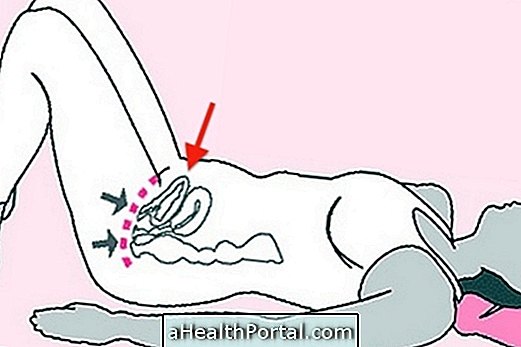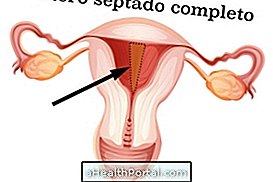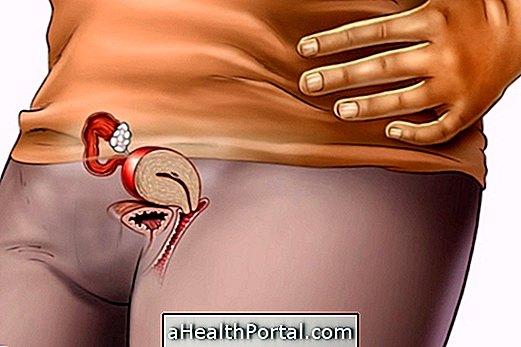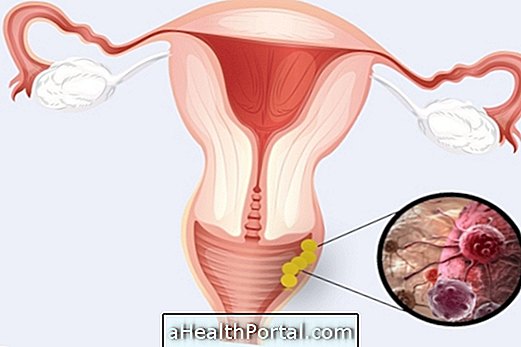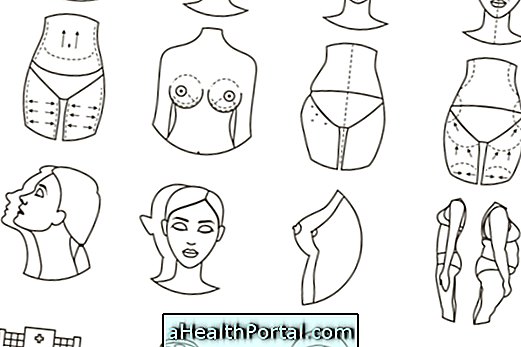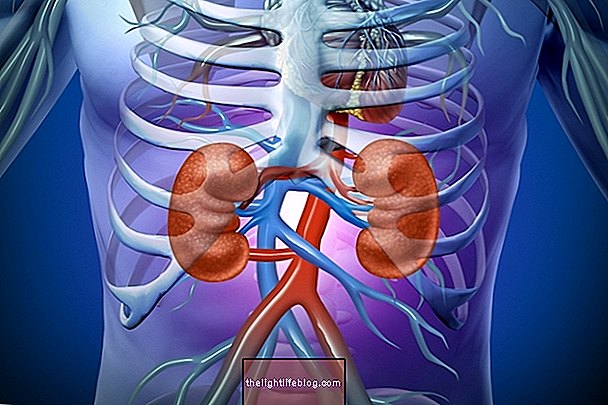Which is:
The surgery that stitches the uterine cervix to prevent preterm birth is called uterine cerclage and is indicated for women who have cervical insufficiency that is a dilatation that may begin in the first or second trimester of gestation, anticipating birth.
This small surgery is done in the hospital and the woman only needs to stay hospitalized for only 1 or 2 days. The surgery is done by the vagina and can be done urgently or programmed by the obstetrician.
The recovery of this surgery is fast and usually the woman can return to work in 3 to 5 days, but without making much effort. Usually surgery is a success and prevents premature labor, improving the quality of life of the baby.
Learn more about cervical insufficiency.
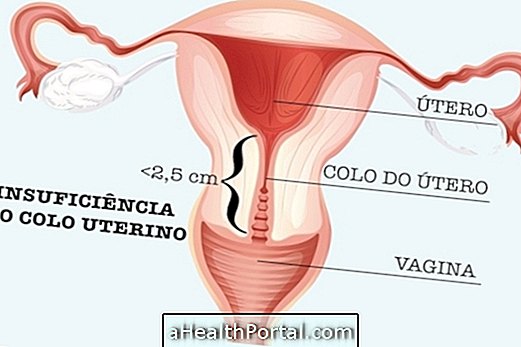
How is it done?
The surgery is very simple, lasts about 20 minutes and consists of suturing the cervix with a few stitches and can be done between 12 and 16 weeks of gestation. It is performed through epidural anesthesia and usually vaginally, but in some cases the doctor may decide to do it by laparoscopy.
The procedure is safe for both the woman and the baby, but there are still some risks such as the development of uterine infection and the rupture of the aminotic membranes.
This procedure can be done urgently or with a set date. When a woman is pregnant for the first time and discovers that her cervix is insufficient through ultrasound, the doctor can perform the emergency cerclage, but when the woman has had another pregnancy and had uterine failure, she had an abortion or performed the conization of the uterus the obstetrician may suggest a scheduled uterine cerclage because there is a great risk of it being necessary.
Cerclage can only be performed during pregnancy and is not indicated for women who have not yet become pregnant, even if they have had previous abortions.

How is the recovery after the cerclage
After cerclage the doctor should indicate that the woman takes analgesics against pain and remedies like Utrogestan to prevent uterine contractions. Soon after the doctor can do an ultrasound to see how the stitches are and if the baby is well, indicating the success of the procedure.
It is recommended to rest and avoid close contact in the first few days. Therefore it is not recommended to exercise, lift weights or great efforts for at least the first 3 days. When the anesthesia passes the woman may feel some slight abdominal discomfort and in some cases the obstetrician can recommend taking Paracetamol.
Warning signs to return to the doctor
Warning signs such as fever, severe abdominal pain, cramps, vaginal bleeding, or foul smelling discharge may occur in the first few days and may indicate infection and therefore seek medical help as soon as possible because the infection puts the life of the mother and baby at risk.
How does the birth after cerclage
Having a uterine cerclage does not prevent the normal birth and therefore the woman can expect contractions to begin naturally until the baby is born, but due to the suture performed the region may have a fibrosis, but this does not hinder normal delivery and therefore this is not necessary to resort to cesarean only because of the cerclage.
The decision of the type of delivery should be discussed between the woman and the doctor observing the indications, advantages and disadvantages of each one.

